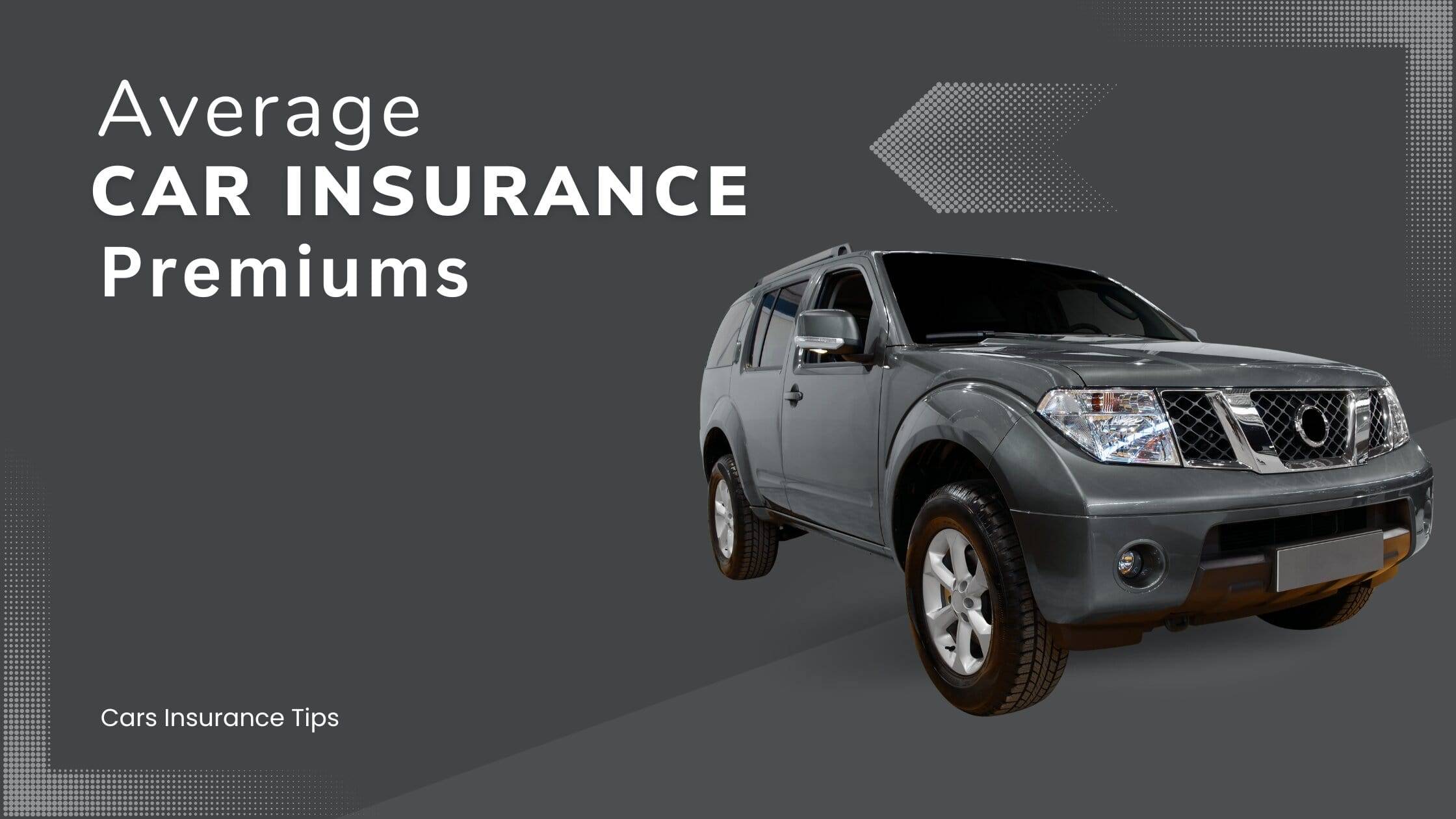Top 5 Different Types of Car Insurance Coverage Policies.
You’ll need to know the types of coverage available in an auto insurance policy if you’re looking for a new vehicle or shopping around for insurance. You, your passengers, and your car can be protected by the different types of coverage available for car insurance.
Some of these policies are required in your state, while others are optional. Understanding the requirements in your state and what they cover can help you select the best Car Insurance Coverage Policies for your needs.
There are five types of auto insurance included in a standard policy. Many drivers also choose to have additional coverage. It’s optional to carry every auto insurance. However, they are still instrumental.
5 Different Types of Car Insurance Coverage Policies
1. Liability coverage
It’s important to note that almost all states require liability coverage. Liability insurance comes in two different types:
- The Bodily injury liability (BIL), or bodily injury coverage, covers injuries caused to others in an accident you are responsible for. It also covers expenses such as lost wages.
- Property Damage Liability (PDL) coverage: This covers damage you cause to another car but can also include damage to buildings and fences.
If you are found at fault in an accident, your insurance policy will pay for any injuries or damage caused to the other driver and their property.
Both types of liability insurance only cover other people and not you or your vehicle. The driver of the car you struck can claim your auto insurance.

2. Collision coverage
Collision coverage pays for repairing or replacing your car after an accident. The insurance covers your vehicle if a hit-and-run damages it or if a collision occurs with a tree, fence, or other object.
You shouldn’t expect collision coverage to cover damages from incidents other than crashes or medical expenses.
There is no state requirement that drivers purchase collision insurance. This optional coverage differs from mandatory liability insurance in that it covers your vehicle and not other cars.
Who should carry collision coverage?
All drivers should consider purchasing collision insurance if they can afford it. After a car accident, repair costs can be expensive. Collision insurance helps many drivers pay for the cost of repairs.
Drivers who cannot afford collision coverage or the minimum amount of coverage should avoid it. This type of coverage is mandatory for many drivers with a loan or lease on their car.
3. Comprehensive coverage
Comprehensive can help pay for damage to your vehicle caused by theft, fires, hail, or vandalism. Comprehensive coverage can help repair or replace a car damaged due to a covered peril (up to its actual cash value).
This coverage comes with a deductible. It’s the amount you will pay before your insurer reimburses you for a covered claim.
The comprehensive coverage is usually optional, but it may be required by your lender if you are leasing or paying for your vehicle.
You will choose a deductible when you buy comprehensive insurance. That is the amount you must pay yourself if you make a claim.
Say you select a $500 deductible, and then your car is damaged by hail as a result of a covered claim. You would pay $500 as a deductible, and then your insurance would cover the rest of the $1,500 repair cost.

4. Uninsured and underinsured motorist coverage
The two types of Car Insurance Coverage Policies are sometimes lumped into one. These policies cover damages to your vehicle caused by drivers who don’t carry car insurance or do not have enough to cover the damage.
Uninsured motorist insurance: Covers damages caused by an accident caused by a driver without car insurance.
Underinsured motorist insurance: Covers damages from an accident caused by a driver with some auto insurance but not enough coverage to pay for all the damages they caused.
Who should have uninsured or underinsured motorist protection?
In 23 states, at least a certain amount of coverage for uninsured and underinsured drivers is required. Even if you don’t have to, getting UM/UIM coverage is a brilliant idea. UM and UIM are relatively inexpensive and can save you from paying for damage you did not cause, such as a hit and run.
5. Personal injury protection
PIP is a form of auto insurance that pays for your injuries, lost income, pain and suffering, and even funeral costs after an accident.
PIP is also known as No-Fault Insurance. It’s required in states that do not assign blame. Drivers must get insurance to cover their injuries following a car accident, even if the other driver was at fault.
Who needs personal injury insurance?
Twelve no-fault states require PIP. You can use your health insurance after an accident if you have enough.

Other types of auto insurance policies
There are a few non-standard Car Insurance Coverage Policies you may want to consider in addition to the types of coverage.
Some policies offer lower (or higher) premiums, while others are better suited for specific vehicles and drivers. These are:
- Non-owner auto insurance: This policy provides additional liability coverage for drivers who don’t own their cars but frequently rent or borrow vehicles.
- These policies are based on your driving habits or performance. The standard coverage would still be provided, but the rate would be lower if you drove less miles or drove more safely.
- You’ll need a high-risk insurance policy if you are required to submit an SR-22 to your insurance company following a suspension of your license. Insurance policies with high-risk ratings are similar to standard insurance policies. However, they will cost you more because the insured driver needs a better driving record.
- This insurance type covers antique cars that are not used daily. This type of insurance may include collector-specific benefits, such as spare parts coverage. It is usually for an agreed value and not the ACV. The policy is generally cheaper than regular policies.
- Specialty or performance car insurance. If you have an exotic or luxury vehicle, your policy will likely include extra protection. Luxury car insurance may consist of gap protection, inflation guard and need to be bought through a specialist carrier.
Conclusion:
This article is intended to help you better understand the various types of Car Insurance Coverage Policies available, so you can make a more informed decision on which approach will best suit your needs.
Each policy should be customized to meet your specific requirements. Shop around to find the best policy that suits you. You’ll be able to drive with peace of mind.


